Table of Content
Introduction
Some weeks ago at their annual fall event, Apple shared with the world the updates their new iPhone 14 will have for their users. One of the key features that was not leaked to the public in advance was Dynamic Island. But what is it? How does it work? Is it useful? Is it intuitive? What are the pros and cons? Let’s learn a little bit about this new feature from Apple.
A little bit of history
Back in 2017, Apple introduced a notch in the central top area of the iPhone. This area serves as the location of a variety of sensors and other hardware elements. Some of these elements included the proximity sensor, ambient light sensor, flood illuminator, infrared camera, front camera, and speaker, to name a few.
Why was this notch considered a not-so-good design? This black space in the screen met the need for the phone to be capable of facial recognition; but by taking screen space away, the screen was then not able to be used to its maximum capacity.
The decision to take away screen space for the purpose of placing hardware elements was perceived as invasive—also, from an industrial design perspective, not so good-looking. Other phone brands were competing with the iPhone, and they didn’t cover that much of their screen space with hardware elements.
So here is where, after some years, Apple decided to take advantage of the notch in the iPhone and create the Dynamic Island in place of the not-so-good-looking notch.
What is Apple’s Dynamic Island?
Dynamic Island is a new feature of iOS 16.1 released for the iPhone 14 Pro and iPhone 14 Pro Max at Apple’s event in September 2022. It is a touchable area located in the central top area of the iPhone where the cameras and sensors for face ID reside (the same location as the not-so-good-looking notch).
Dynamic Island works thanks to a design integration between hardware and software design. The compromise Apple once made to sacrifice design for hardware now takes advantage of a software solution by making it an interactive feature—created to give the user the status and multitask options of active tasks of the mobile apps.
What is the purpose of Dynamic Island?
In addition to being a hardware location spot, the main function of Dynamic Island is task management. Through a very soft and organic design, Apple is using animations and transitions into the interface of this area to expand and collapse the Dynamic Island to show the user more elements or information about the applications they are currently using and running in the background, without the need to leave the app that is currently in the screen.
What can Dynamic Island display?
Dynamic Island can be used only if the device is unlocked. For current and former Apple users, the information that Dynamic Island can display is new, and in other cases, the information was previously displayed in other ways but is now integrated into the UI of Dynamic Island.
Dynamic Island can show notifications such as:
- Incoming phone calls
- Apple Watch unlock
- Airdrop files being transferred (sent and received)
- Confirmation of connection of disconnected devices via Bluetooth (AirPods)
- Face ID confirmation
- Apple Pay
Dynamic Island can also show background activities such as:
- Power and Charging %
- Screen Recording
- Hotspot connectivity
- Ongoing call
- Music controls
- Navigation directions (Maps)
- Active timers
- Mute/unmute
- Voice Memos
- AirPlay to other devices
- Current sports scores
It is important to mention that Dynamic Island can have a maximum of two mobile apps running at the same time. When two mobile apps are running, one becomes more UI-prominent than the other, but still, both are interactive and actionable to the user.
There can be cases that the user has more than two mobile applications running in the background. In this instance, Dynamic Island will show the most recent mobile applications that the user minimized, and the user can swipe left or right to see more activities on the island.
What touch gestures can be used with Dynamic Island?
Swipe up: If available, this will put the current open mobile app into Dynamic Island.
Swipe left/right: If more than one mobile app is available in Dynamic Island, this gesture will allow the user to see more apps running. At some point, the island will reach the last app open; then, if the user continues swiping, it will stop with an empty island.
Simple tap: This can be used to access a control that is inside Dynamic Island. This gesture is also used to show the app that is currently being shown on the island (full screen).
Long press (touch and hold): This gesture allows the island to expand so the user can see more details, information, or controls of the activity.
Dynamic Island’s UX Pros
Less intrusive messages. Dynamic Island can be used to notify the user about certain tasks without the need to interrupt the screen with notifications or popup messages.
Better visibility of ongoing activities. For readability purposes, the position of Dynamic Island (top center) is a good location for statuses and information about ongoing activities.
Hierarchy. The Dynamic Island hierarchy plays two roles:
1. As mentioned, the island can show two mobile applications running in the background; one will be more prominent than the other by the size of the island.
2. The collapsed mode of Dynamic Island does not interfere with the space of the app the user has on their screen. Dynamic Island is created to give the current app its due space and importance, and, most significantly, the user’s main focus.
Problem-solving. With proper use, Dynamic Island can help the user more quickly reach controls that can help stop or start activities at the right time.
User is in control of their tasks. The current behavior when more than two apps are running in the background with ongoing activities is for the user to see only one app at a time. To see a different app, the user must swipe up and change between one app and another. With Dynamic Island, the user can fully control two mobile applications without the need to dismiss one or the other from the screen.
Dynamic Island’s UX Cons
Hard place to reach. When we talk about usability and how users handle their devices, we know that the best area at which to interact with a device is the bottom of the screen. Why? Because devices are being designed so big that the fingers can’t reach the top of the screen without the need to move one of the hands to the top to reach a UI control.
Readability. In its collapsed form, Dynamic Island covers very little space at the top of the screen (only what is necessary for the hardware components). This means that the elements placed inside are very small. For some users, the information will surely be unreadable and unidentifiable.
Touch Size. The touch area that Dynamic Island covers in its collapsed form is relatively small. It is a little bit bigger than the status bar, with the difference being that most of the elements on the status bar are not interactive. Formerly, the only interactive element was the time, which became touchable when a phone call was active, but otherwise, was minimized on the screen (not that this was a great experience). Now, active phone calls will live inside Dynamic Island.
Interaction with other apps’ UI. Only time will tell if the behaviors of Dynamic Island interfere with or hinder current application functionality—especially in the top navigation bars of mobile apps.
Tapping by mistake. Another potential behavioral issue is that by interacting with Dynamic Island, the user could mistakenly tap on incoming notifications instead of the island, which would take the user out of their current tasks.
Multi-tasking. Most users do not currently multitask. It is considered to be a better experience to make interfaces for users as simple as possible. (Less is more.) Also, another UX principle is to guide the user toward certain goals and avoid splitting their attention. Dynamic Island, however, offers the possibility to manage multiple things at once (up to three on the same screen)—but will users actually be paying attention to all of the ongoing tasks?
No way to disable. Since Dynamic Island is not just a software feature, but also a hardware spot to place sensors and cameras, it cannot be fully disabled. If Dynamic Island is showing information about a current task, the user only needs to swipe it left or right to stop showing the information. The black space will remain there even if nothing is being used on the island. It is important to mention, however, that with some tasks, Dynamic Island will remain visible. For instance, if there is a screen recording happening, the indication inside Dynamic Island will remain visible until the screen recording stops.
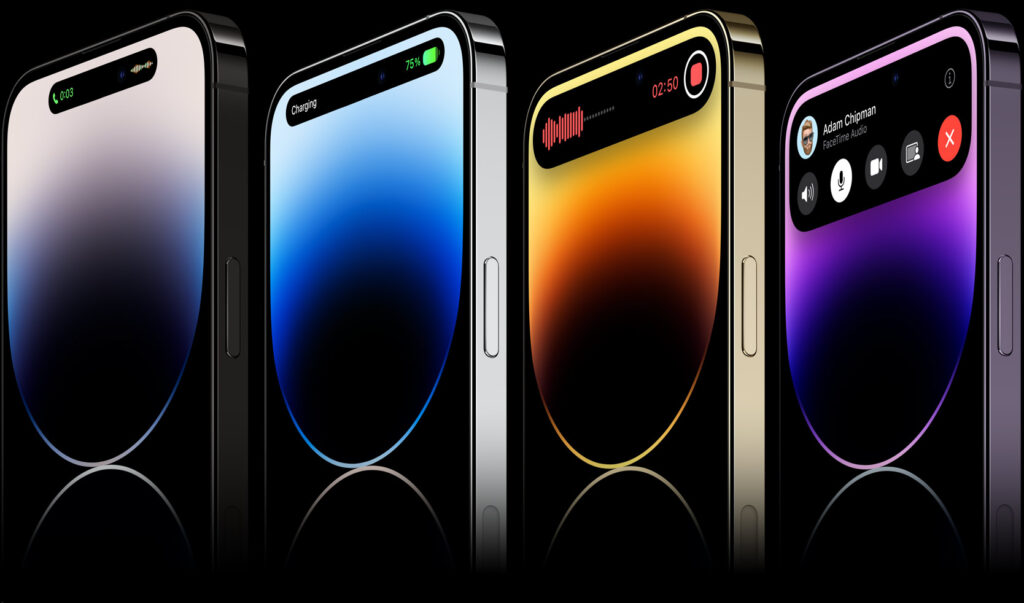







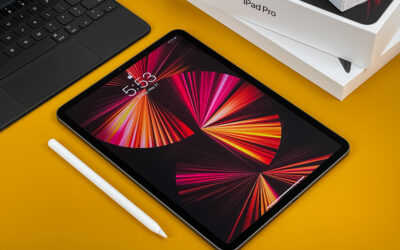
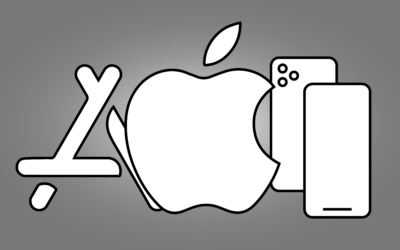
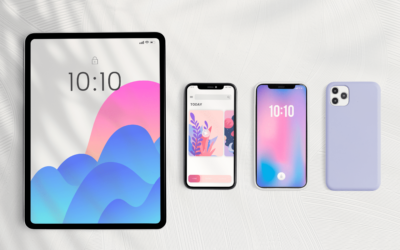
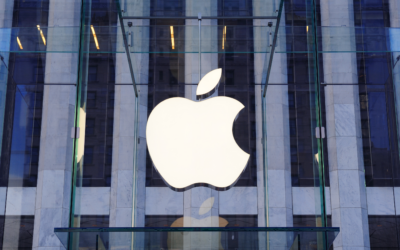
0 Comments